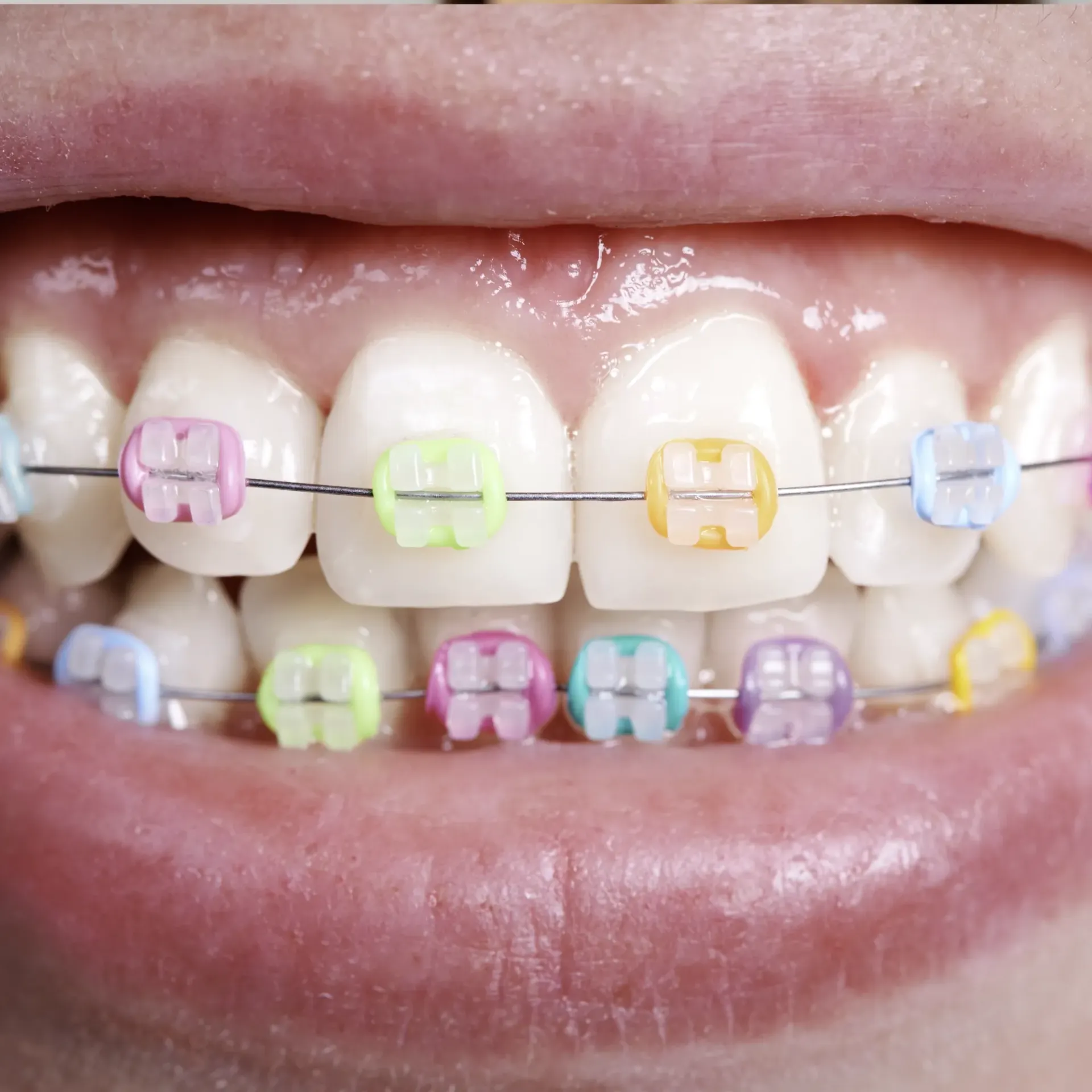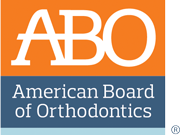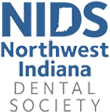Durability
Made from strong materials that can handle extensive wear and tear
Precision
Provides precise control over tooth movement for accurate alignment
Versatility
Effective for treating a wide range of orthodontic issues, from mild to severe

Choosing traditional braces means opting for a solution with a proven track record. They are highly effective in delivering predictable and long-lasting results, making them a popular choice among both teens and adults. Additionally, traditional braces are often more affordable compared to alternative treatments, offering a cost-effective way to achieve a beautiful, healthy smile. With advancements in orthodontic materials, today’s braces are smaller, more comfortable, and customizable with colored bands, allowing patients to express their personal style while undergoing treatment.
To learn more about traditional braces from Puntillo & Crane Orthodontics, read our
FAQ
below!
Ready for Your Dream Smile?
TRADITIONAL BRACES FAQ
What are traditional braces?
Traditional braces are orthodontic devices made of high-quality metal brackets and wires that are used to straighten teeth, correct bite issues, and improve overall dental health.How do traditional braces work?
Traditional braces work by applying continuous pressure on the teeth over time. This pressure moves the teeth into their correct positions, gradually aligning the smile.How long do I need to wear traditional braces?
The duration of wearing traditional braces varies based on individual needs but typically ranges from 18 months to 3 years, depending on the complexity of the case.Are traditional braces effective for severe orthodontic issues?
Yes, traditional braces are highly effective for treating severe orthodontic issues such as significant crowding, large gaps, and complex bite problems.Can adults benefit from traditional braces?
Absolutely, adults can benefit from traditional braces. They are a reliable option for correcting dental alignment at any age.What are the components of traditional braces?
Traditional braces consist of metal brackets bonded to each tooth, an archwire that connects the brackets, and elastic bands that hold the wire in place.Do traditional braces cause discomfort?
Some discomfort may be experienced initially and after adjustments, but this is temporary and can be managed with over-the-counter pain relief and orthodontic wax.How often do I need to visit the orthodontist with traditional braces?
Typically, patients need to visit the orthodontist every 4-6 weeks for adjustments and to monitor progress.Are there food restrictions with traditional braces?
Yes, patients should avoid hard, sticky, and chewy foods that can damage the brackets and wires, such as nuts, caramel, and chewing gum.How should I clean my teeth with traditional braces?
It’s important to brush after every meal using a soft-bristle toothbrush and fluoride toothpaste, and to floss daily using a floss threader to remove food particles and plaque.Can I play sports with traditional braces?
Yes, but it is recommended to wear a mouthguard to protect the braces and teeth from injury during physical activities.What is the cost of traditional braces?
The cost of traditional braces varies depending on the complexity of the case and treatment duration. Our office provides flexible payment plans and accepts most insurance plans.Can traditional braces correct bite problems?
Yes, traditional braces are highly effective in correcting various bite issues, including overbites, underbites, crossbites, and open bites.Are there aesthetic options for traditional braces?
While traditional braces are made of metal, patients can customize their appearance with colored elastic bands to add a personal touch to their braces.What should I do if a bracket or wire becomes loose or broken?
If a bracket or wire becomes loose or broken, contact our office immediately to schedule a repair appointment. In the meantime, use orthodontic wax to cover any sharp edges and prevent irritation.







